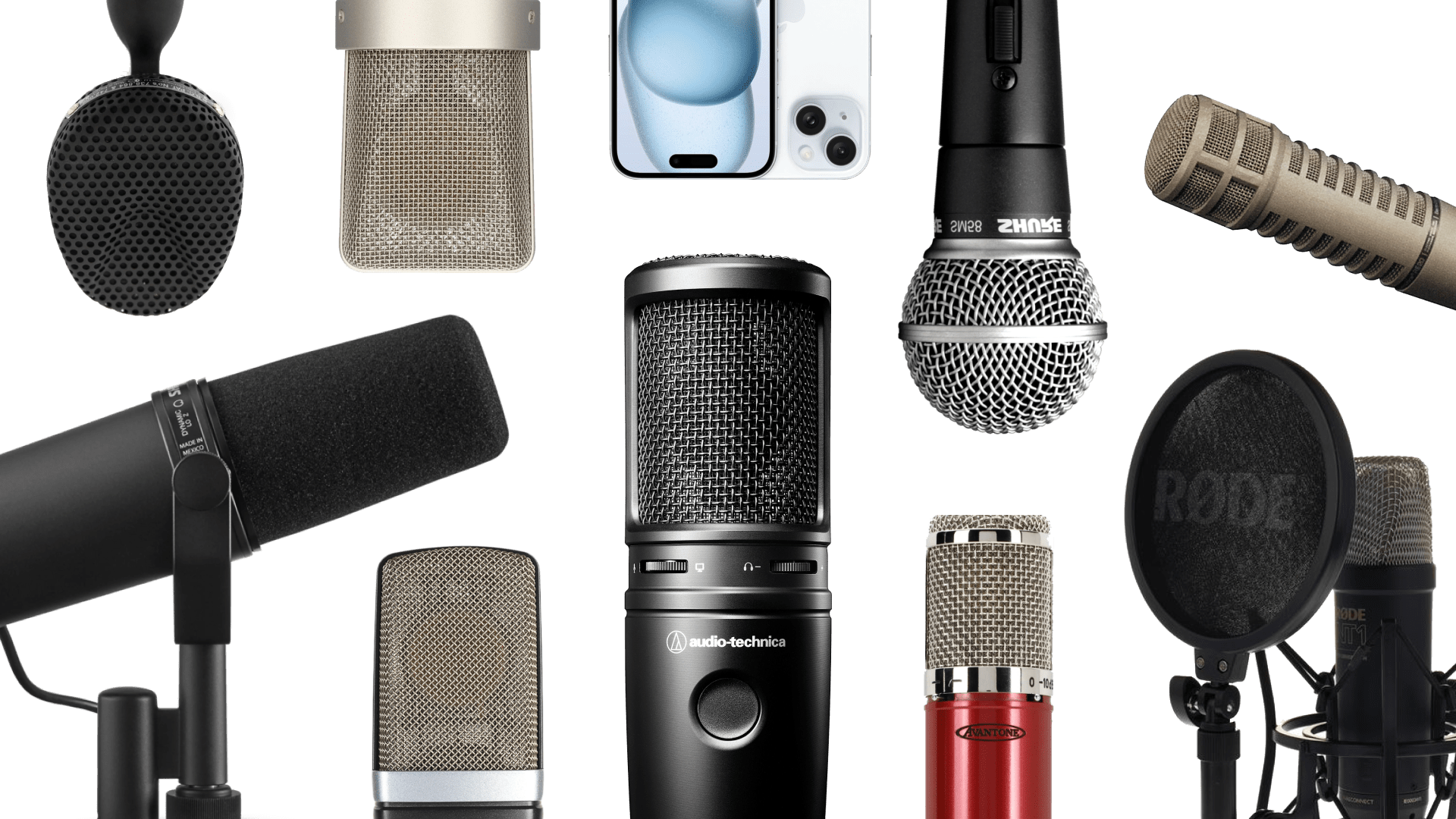
6 Accordature alternative per chitarra per ispirare il tuo suono

Devi conoscere bene il tuo strumento per suonarlo e fare musica.
Ma a volte una forte comprensione tecnica ti blocca in schemi difficili da rompere.
La curiosità e il rischio sono cruciali per trovare l’ispirazione musicale. Tuttavia, creare condizioni imprevedibili può essere difficile per i musicisti con anni di esperienza.
Un modo per costringerti a non familiarizzare musicalmente con la chitarra è esplorare diverse accordature.
Oggi, condivideremo sei eccellenti accordature alternative per chitarra, ma prima parliamo di cosa sono le accordature e perché è importante cambiare le cose.
Guide teoriche, consigli sulla produzione, nuovi plugin gratuiti, guide sugli strumenti e altro ancora, consegnati settimanalmente
Resta aggiornato sul Blog di LANDR.
What are alternate guitar tunings?
Alternate guitar tunings are any combination of notes chosen for the open strings of the guitar other than the standard EADGBE tuning. Alternate guitar tunings allow guitarists to access different tonalities or patterns on the instrument.
Guitars can be tuned in any way you like, but most guitarists adhere to standard tuning:
6E-5A-4D-3G-2B-1E
In standard tuning, guitars are tuned with six strings that start low and gradually get higher. Alternative tunings occur when the guitar’s strings are tuned to different notes.
Best alternate tunings
1. Drop D tuning
The most common alternate tuning for guitar is Drop D. It’s also one of the simplest. Simply tune your low E string down one step to get drop D tuning.
Drop D tuning might come to mind for many guitarists, but there are a virtual endless amount of other tunings to explore.
Most common alternate tunings follow standard tuning’s low to high convention, but each features a unique combination of notes.
How can alternate tunings lead to musical inspiration? Something as basic as a G major chord or scale won’t translate to most alternative tunings.
Working with new and unfamiliar tunings forces you to think about chords and riffs in an entirely new way.
Working with new and unfamiliar tunings forces you to think about chords and riffs in an entirely new way.
Curiosity and problem-solving are skills that might have been dormant in your guitar playing for years become essential to writing music in alternative tunings.
Approaching playing in these tunings with patience and an open mind will translate into powerful creative inspiration.
Here are five more excellent alternate tuning options to explore:
2. DADGAD
DADGAD tuning is kind of like an extended version Drop D tuning. In this tuning, the 6th E string is tuned down to D, the B string is tuned down to A, and the 1st E string is tuned down to D.
This tuning is commonly found in Celtic music, but it’s also used in genres like rock, folk, and metal.
DADGAD was made famous by British folk guitarist Davey Graham, who was inspired to explore the tuning after hearing an oud player in Morocco.
Led Zeppelin’s guitarist Jimmy Page used DADGAD tuning for the song “Kashmir.”
3. DADF#AD
Similar to DADGAD, DADF#AD is an extension of Drop D tuning, but the notes in this one makeup one large D Major chord.
Also known as Open D Tuning, this alternate tuning is popular with slide guitarists and those who specialize in the fingerpicking style.
In this tuning, the 6th E string is tuned down to D, the G string is tuned down to F#, the B string is tuned down to A, and the 1st E string is tuned down to D.
The alternative rock band Wilco uses DADF#AD tuning in their song “Kamera” from the album Yankee Hotel Foxtrot.
4. GABDEG
Questa sintonia dronacea è stata resa popolare dalla band rock americana Sonic Youth. GABDEG è ideale per esplorare suoni rock, dream pop e metal.
In questa sintonia, la 6a corda E è accordata al G, la corda D è accordata al B, la corda D è accordata al D, la corda B è accordata al E e la 1a corda E è accordata al G. La 5a corda A rimane uguale all’accordatura standard.
Gli Sonic Youth usano questa affascinante sintonia nella loro canzone “Teen Age Riot”.
5. DGDGBD
Spesso chiamata accordatura aperta in G, DGDGBD presenta un accordo di Sol maggiore ed è ideale per i chitarristi che amano suonare con uno slide.
Di solito, questa sintonia alternativa viene utilizzata da musicisti di blues, rock e folk.
Con l’accordatura aperta in G, la 6a corda E è accordata al D, la corda A è accordata al G e la 1a corda E è accordata al D. La 4a corda D e la 2a corda B rimangono uguali all’accordatura standard.
Il celebre chitarrista blues Robert Johnson utilizzava questa sintonia nella sua canzone “Walkin Blues.”
6. CGCFCE
Affettuosamente chiamata “Nick Drake Tuning” dal nome dell’artista folk britannico Nick Drake, questa sintonia è bassa, dronata e ricca di infinite possibilità creative.
Folk ovviamente si sposa bene con questo accordatura, ma può anche adattarsi facilmente al rock e al dream pop.
In questa accordatura, la sesta corda E è abbassata a C, la corda A è abbassata a G, la corda D è abbassata a C, la corda G è abbassata a F e la corda B è alzata a C. La prima corda E rimane la stessa.
Nick Drake usava questa accordatura in molte sue canzoni, tra cui “Hazey Jane I.”
Accordatura in
Le accordature alternative sono un ottimo modo per introdurre novità e rischio nella tua esecuzione, ma quel senso di imprevedibilità diminuirà man mano che conoscerai meglio ciascuna opzione.
Come musicisti, il processo di mantenere le cose interessanti e nuove sarà qualcosa a cui dovremo tornare più volte finché faremo musica.
Guide all'attrezzatura, suggerimenti, tutorial, ispirazione e altro ancora, forniti settimanalmente.
Resta aggiornato sul Blog di LANDR.




